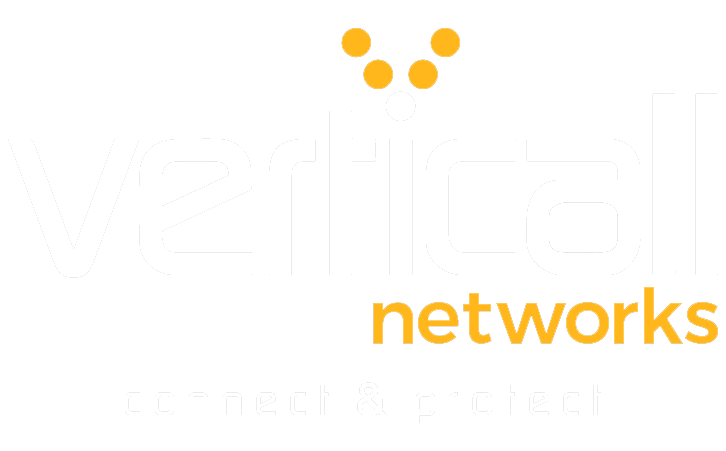
Redefining Collaboration: How Integrated Communication Tools Are Transforming Remote Work Culture
The shift to remote work has brought its share of challenges, but it’s also opened up opportunities for businesses to rethink how they operate. Gone are the days when being in the same office was essential to staying connected. Today, integrated communication tools are the backbone of modern collaboration, creating seamless ways for teams to work together, regardless of where they’re located.
But what does that really mean? How are businesses using these tools to foster a more dynamic and efficient remote work culture? Let’s dig in and explore how integrating communication systems is reshaping the way we work.
Remote Work Isn’t Just a Trend—It’s the New Norm
Remote work has evolved from a temporary solution to a permanent fixture in the way businesses operate. Flexibility, increased productivity, and access to global talent are just a few benefits companies have come to appreciate. But with these perks come new challenges. Maintaining consistent communication and collaboration across dispersed teams requires more than just email and the occasional video call.
The key to thriving in this environment is integrating communication tools that streamline workflows and ensure everyone stays on the same page. Unified Communications as a Service (UCaaS) platforms, video conferencing tools, and collaborative software have become essential components of an effective remote work strategy.
The Power of Seamless Integration
One of the biggest advantages of integrated communication tools is their ability to bring everything together under one roof. Instead of jumping between multiple apps to send a message, schedule a meeting, or share a file, these tools centralize all communication channels. Whether it’s voice, video, messaging, or file sharing, everything is easily accessible from a single platform.
For instance, platforms like Microsoft Teams and RingCentral have emerged as game-changers by combining messaging, video conferencing, file storage, and project management features into one seamless experience. The result? Less time wasted on switching between apps and more time focused on getting work done.
Collaboration Beyond Conversations
It’s easy to think of communication as just talking, but true collaboration goes much deeper. Integrated communication tools offer more than just conversation—they bring together all the elements that help teams work efficiently, even from afar. Imagine being able to share project updates, track tasks, and brainstorm ideas all in one place. That’s the level of integration we’re talking about.
Tools like these have features that support both synchronous and asynchronous communication. Whether your team needs to jump on a call for a quick discussion or leave detailed notes for others to review later, integrated systems make it all possible. This flexibility is crucial in remote work environments where time zones and varying schedules can make real-time communication a challenge.
Enhancing Productivity and Accountability
Productivity can be tricky to maintain in a remote setting, especially when communication is fragmented. Integrated tools simplify the process by creating a structured, organized workflow that keeps everyone aligned. Tasks are assigned and tracked within the same system where discussions happen, making it easy to monitor progress and ensure accountability.
For businesses that rely on collaboration-heavy projects, having everything in one place reduces the risk of things falling through the cracks. If someone misses a meeting, they can still catch up by reviewing chat logs, shared files, and updates all in one spot. The smoother this process is, the better equipped your team will be to stay on track and meet deadlines.
A Culture of Connection
Remote work can sometimes feel isolating, leading to disengagement and decreased morale. Integrated communication tools combat this by making it easier for teams to stay connected in more personal ways. Features like video calls and informal chat channels foster a sense of community and keep the human element alive in a virtual workspace.
This level of connection plays a big role in maintaining company culture. When team members feel they’re part of a cohesive group, it builds trust and makes collaboration feel more natural. Even quick watercooler chats or virtual coffee breaks can go a long way in keeping morale high and ensuring that remote employees remain engaged.
Future-Proofing Your Business with Integrated Communication
The future of work is hybrid and distributed, and businesses need to be ready for this ongoing evolution. Investing in integrated communication tools isn’t just about improving remote work in the short term; it’s about setting your business up for long-term success. Companies that embrace this shift early will be better positioned to adapt to whatever changes come next, ensuring they remain competitive in an increasingly digital world.
At Verticall, we understand the importance of seamless communication in today’s business landscape. That’s why we offer solutions designed to integrate smoothly with your existing systems and elevate your team’s productivity, no matter where they’re working from. To learn more about how our communication tools can support your remote work strategy, check out our solutions and discover the difference seamless collaboration can make.
